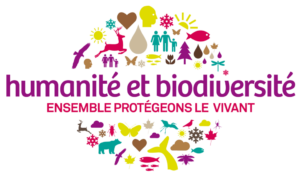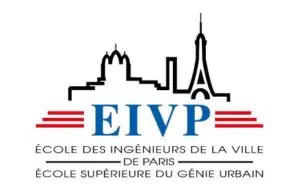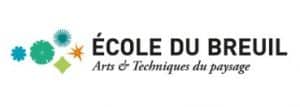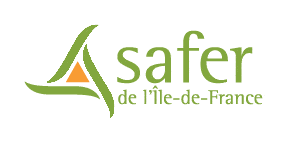Partnerships, sponsorship and academic chairs
These partnerships, sponsorships and academic chairs are the fruit of meetings and exchanges. They are part of a process of mutual enrichment, sharing experiences and research. The broad scope of ECT’s activities means we can tackle issues ranging from the circular economy and biodiversity to sports and land art.
Humanity and Biodiversity
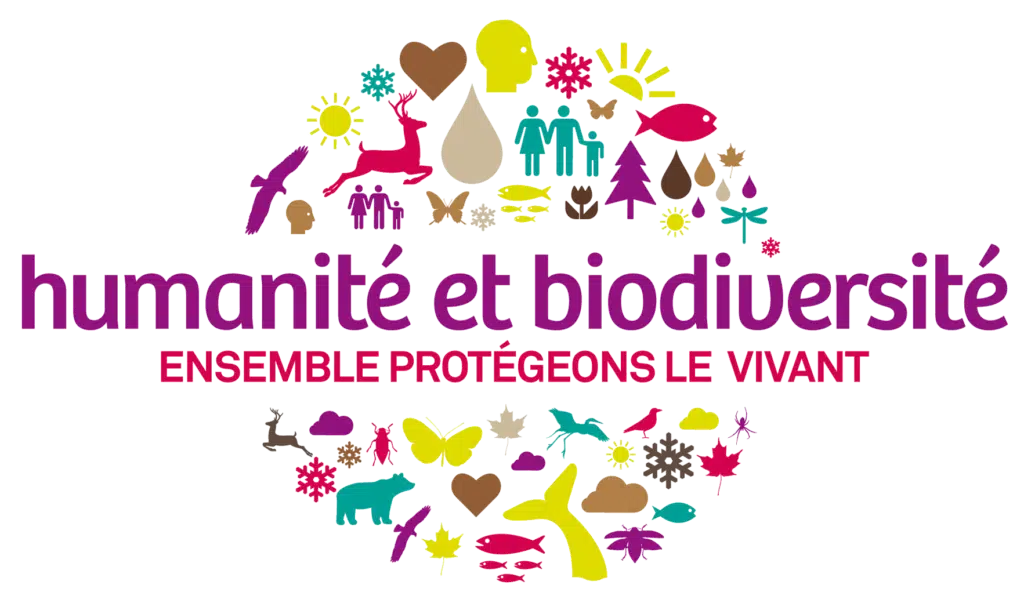
The inseparable links between humanity and biodiversity
Humanité et Biodiversité (Humanity and Biodiversity ) is an association whose main aim is to increase awareness of the synergies and inseparable links between humanity and biodiversity. The association works to preserve the diversity of living organisms and their ability to evolve. It also intends to promote the integration of biodiversity into all sectors of activity, taking into account both economic and social dimensions.
- In 2019, ECT drew up and signed a Biodiversity Commitment Charter with Humanité et Biodiversité. This charter is supplemented by a project development methodology.
- Since then, Humanité et Biodiversité has been involved in ECT’s biodiversity awareness program.
- In 2023, with the support of the association, ECT became a Company Committed to Nature with the OFB.
- In recent years, several sites renatured by ECT have joined the Oasis Nature network.
Ecole des Ingénieurs de la Ville de Paris (EIVP)
Chair in Urban Land Reclamation
Training and research on urban land with EIVP
Created in 2018, the “Valuing Urban Land” chair is developing a skills and training cluster. and research. It is led by Youssef Diab, Director of Research at EIVP.
Taking an interdisciplinary approach, the Chair is dedicated to training future engineers at EIVP and to research into the reuse of excavated soil in large urban areas.
The Chair’s work has led to the organization of 2 conferences at EIVP, in 2019 and 2021.
Under the direction of Youssef Diab, 2 books “La Terre dans tous ses états“and “Terres Urbaines” retrace, question and discuss the issues surrounding excavated earth.
Les Yeux du Ciel - land art by Antoine Grumbach
Villeneuve sous Dammartin (77)
An exceptional site requires an exceptional layout
At ECT’s request, architect and urban planner Antoine Grumbach designed a monumental work of land art, Les Yeux du Ciel: 2 eyes 400 meters long,
A veritable landscape oasis, Les Yeux is created by successive earthworks and tree planting.
In March 2023, the West Eye was completed. It is now visible to air travellers at Roissy CDG. Work on Œil Est is scheduled for 2025.
Ecole du Breuil
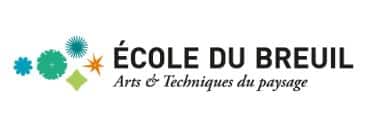
Experimenting with fertile substrates
In Paris, in the heart of the Bois de Vincennes, the École du Breuil has for 150 years offered one of the largest urban horticultural estates devoted entirely to teaching. The 10-hectare estate, combined with the 13-hectare arboretum, forms a unique technical platform that welcomes more than 300 students every year, in school and apprenticeship training, from the second year of secondary school to Master 2.
ECT and Ecole Du Breuil have signed a partnership agreement for 2022. More specifically, it focuses on experiments on fertile substrates applied to market gardening. And would like to share knowledge about alternatives to topsoil.
ORC VTT TRIAL Association - Epone
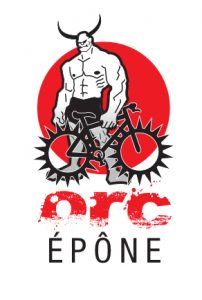
Integrating our projects into local life
The stadium de VTT Trial “Julien Absalon” d’Epône was built and financed by ECT using excavated earth from the local construction industry. Lhe stadium was designed by the ORC association as a place for practice, training and competition.
A successful bet! As soon as it opens in 2021, the stadium will be approved for mountain biking and trials by the French Cycling Federation, a first in France. In May 2022, it hosted a round of the French Cup, an event supported by ECT.
Since the beginning of the stadium project, ECT has engaged in a dynamic partnership with ORC Epône.
LPO
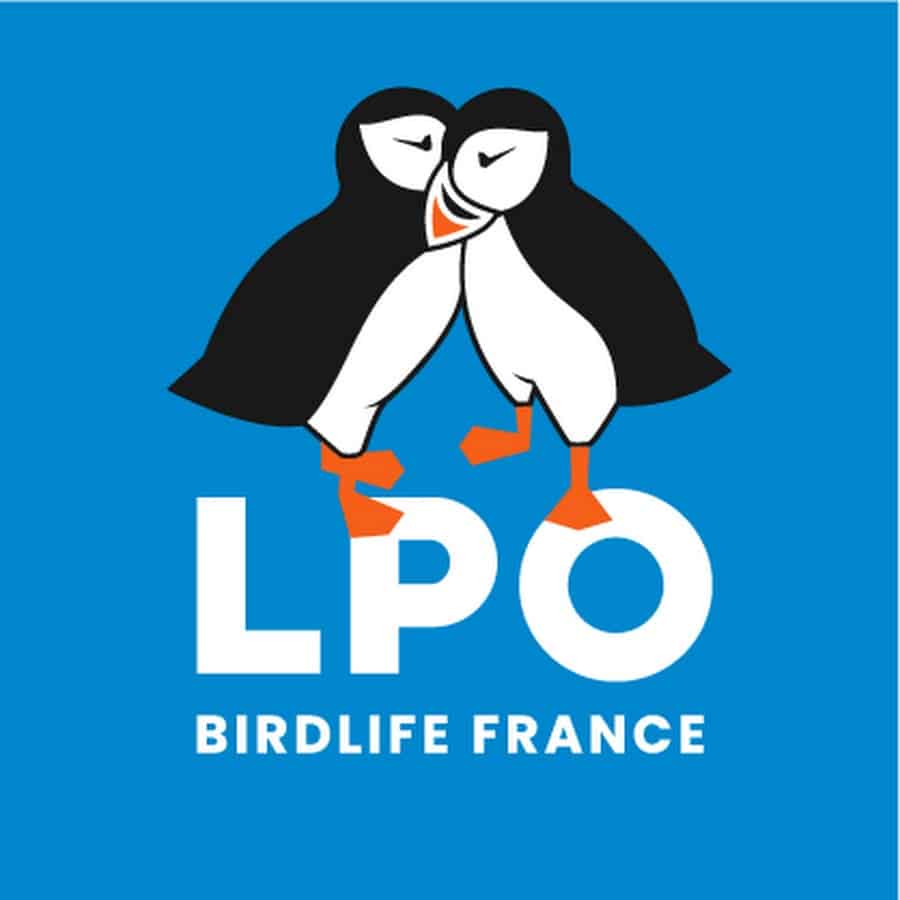
Preserving the little owl
The LPO is an association renowned for its work to protect biodiversity. The aim of the program developed for the Little Owl in Ile de France is to re-establish ecological continuity between the Val d’Oise and northern Seine-et-Marne. And in so doing, preserve the bird’s core populations in the area.
The LPO’s mission with ECT is to advise us on the Villeneuve-sous-Dammartin (77) site, located in the study area for the Little Owl. ECT’s action will be to encourage its settlement, by creating corridors and, more specifically, by installing nesting boxes for the owl in the orchard area.
Saype
Child's play?
in Annet-sur-Marne (77)
Photo credit: Valentin Flaraud for Saype
An ephemeral, eco-responsible work of art
A self-taught artist, Sayme is now world-renowned for his ephemeral land art.
In September 2021, at ECT’s invitation, artist SAYPE creates “Un jeu d’enfant?”
The fresco is located in Annet-sur-Marne (77), Île-de-France, on a former wasteland rehabilitated by ECT using soil excavated from nearby construction sites, making it part of a circular economy approach.
The theme of the new fresco echoes the site’s history: Saype proposed an interpretation of its rehabilitation, depicting a child playing with a bulldozer. The dimensions of the work give the illusion that the very real machine is the child’s toy.
The materials used also reflect ECT’s activity: Saype chose pigment bases made from excavated material supplied by ECT: crushed and colored, this urban earth becomes the artist’s palette, helping to preserve biodiversity.
Anne Marie Filaire, photographer
Photo credit: Anne-Marie Filaire | 2021
Documentary work on the great landscape
Anne-Marie Filaire is a photographer. His work revolves around the question of landscape and the intimate concerns of populations confronted with geopolitical upheaval. She has notably exhibited and published Zone de sécurité temporaire (Textuel/Mucem, 2017), which won her the Best Photography Book Award at the Festival international du livre d’art et du film. His photographic work has been shown in numerous institutions and museums in France and abroad.
For several seasons, Anne-Marie Filaire was invited by ECT to photograph its excavated soil reclamation sites. In Annet-sur-Marne, Moissy-Cramayel, Louvres, Forges and Villeneuve sous Dammartin.
In 2020, TERRES, Sols profonds du Grand Paris (Editions Dominique Carré) is published. This book retraces some of this work, and features never-before-seen photos of the lands in motion hosted on ECT sites.
Muséum National d'Histoire Naturelle & UMS PatriNat
A systematic map of built-up soils open to all researchers
The partnership with the Muséum Naturel d’Histoire Naturel and the UMS Patrinat aims to produce a systematic map of “theuse of reworked soils to restore ecosystems and promote biodiversity”.
Research and experimentation on reworked soils have important implications for the restoration of degraded ecosystems and the development of a “brown network” linked to the Green and Blue Network (TVB).
This systematic map provides an overview of the state of the art in French on the subject of reworked soils.
Soon to be published on a scientific journal website. the The results of this research provide an enlightened overview of the studies available internationally (either published in scientific journals or not).iated, or in the form of “grey” literature). It also lists scientifically documented best practices, backed up by descriptive quantitative analyses.
